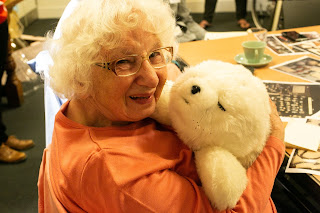 |
| Pupils give guided tours at the Pitt Rivers © Pitt Rivers Museum |
 |
| Guided tours at the Museum of Natural History © Pitt Rivers Museum |
The project started with a lunchtime outreach session where Year 5 and 6 pupils selected from Wood Farm, Bayards Hill, St Andrews C of E and Windmill Primary encountered each other, lots of objects from the museums and the project leads - Chris Jarvis, Education Officer at the Museum of Natural History and Becca McVean, Education Officer at the Pitt Rivers. Pupils started to think about what museums are and how we can learn through objects - they certainly enjoyed handling the coprolite, otherwise known as dinosaur poo!
The next step was to introduce pupils to the museums and 4 after school sessions followed in the Pitt Rivers and the Museum of Natural History which share the same site. The visits were facilitated by Lesley Williams, Headington Partnership Co-ordinator, who was also our fabulous minibus driver, collecting and delivering pupils to and from their respective schools each week. We were also supported by Teaching Assistants from Wood Farm and St Andrews C of E Primary School.
We began by familiarising pupils with the museums, helping them to understand how the collections are organised. Challenged to find a wide array of artefacts and specimens, pupils went on a treasure hunt recording their finds on i-pads. Once confident in their navigation and understanding of the museums we introduced the pupils to the concept of becoming a tour guide. They were very excited at the prospect of being the leaders and that the museums became their space to showcase. In pairs pupils were allocated an object or specimen from each museum which would have to feature in their guided tour.
 |
| Native American Many Shots Robe 1895.61.1 - a Pitt Rivers Tour Highlight © Pitt Rivers Museum |
 |
| Estimating the height of the totem pole © Pitt Rivers Museum |
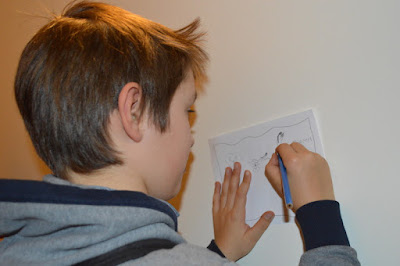 |
| Creating a personal story robe © Pitt Rivers Museum |
We also helped pupils develop their presentation skills, looking at the ways to communicate effectively with an audience. Independent research skills were fostered and one pair became experts on crocodiles!
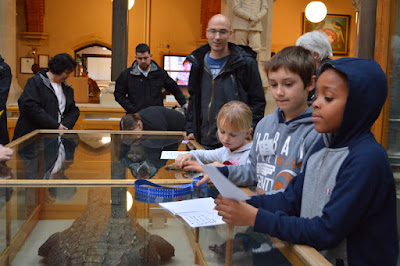 |
| Crocodile Experts © Pitt Rivers Museum |
What would we do differently? Evaluation and observation indicated that we could have given pupils more freedom over who they worked with and more choice over the objects to include in their guided tours. This learning was immediately integrated into the next project at the History of Science Museum where a different cohort of pupils from Headington Partnership became 'Expert Explainers'. We are delighted the model is spreading and has been taken up as part of a national programme at Science Oxford where Year 5/6 pupils from Headington Partnership who qualify for Pupil Premium funding will develop their own tour of the Science Oxford Centre and its woodland surrounding. Giving a voice to children to frame a space for themselves encourages ownership and opens up access to our amazing local collections whether they be Museums of Anthropology and Archaeology, Natural History or Science Centres!
Deputy Head of Learning and Participation and Primary specialist


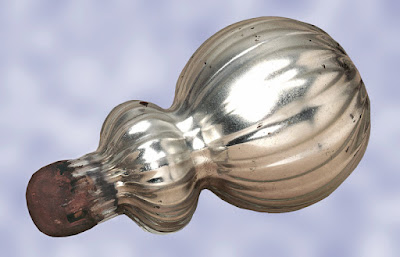

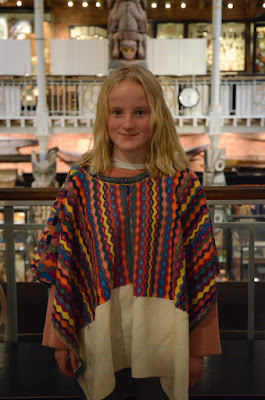











![Nico shows the group an Inro from Japan, used as a medicine box [1920.16.2.1] Nico shows the group an Inro from Japan, used as a medicine box [1920.16.2.1]](https://blogger.googleusercontent.com/img/b/R29vZ2xl/AVvXsEieLvYOuDoic8YEfHH83Qil-2VBrLkwmKx65AeV8l5-WKNSBjSNGvSLvah0k84nHZH8zEHoVjRoIVYCXB4rgLrC0TBI36FpXp1kluiIMjNC3odG3-2q5r4uGjTHW9CKtdFJn9jZxt3UPvyK/s320/Collections+research+space.jpg)

